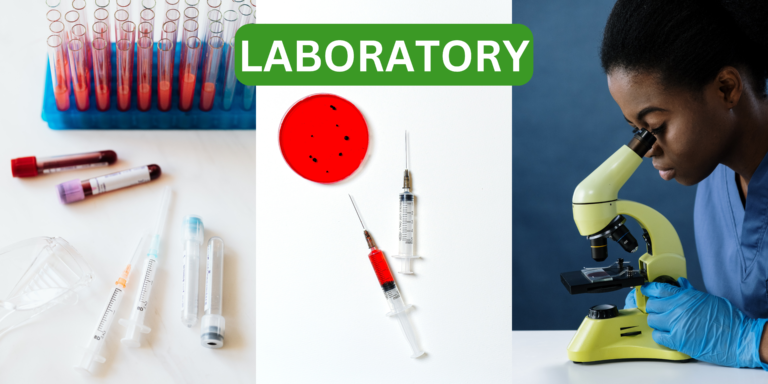
Pathology laboratories are an important part of the healthcare system. They are responsible for carrying out tests on clinical specimens to obtain information about the health of a patient. This information is then used to aid in the diagnosis, treatment, and prevention of disease.
There are many different types of tests that can be performed in a pathology laboratory. These include blood tests, urine tests, and tissue tests. Blood tests are used to measure the level of various substances in the blood. Urine tests are used to detect the presence of various substances in the urine. Tissue tests are used to examine the structure and function of various organs and tissues. Pathology laboratories play a vital role in the diagnosis and treatment of many diseases. They help to identify the cause of the disease and to determine the best course of treatment. They also play a role in the prevention of disease by identifying diseases early and monitoring the health of patients.
A Pathology Laboratory: Its Role in Maintaining Good Health
The pathology laboratory is responsible for conducting tests on bodily tissues and fluids in order to obtain information about a patient’s health. This information helps in the diagnosis, treatment, and prevention of disease. Pathologists, who are doctors who specialize in the study of disease, supervise the work of pathology laboratories. Pathology laboratories can be found in hospitals, private clinics, and research institutes. They are usually well-equipped with the latest technology and staffed by qualified personnel.
The main types of tests that are carried out in pathology laboratories are:
– Blood tests: These are used to detect the presence of disease-causing organisms, such as bacteria and viruses, in the blood. Blood tests can also be used to measure the levels of certain substances in the blood, such as hormones and cholesterol.
– Urine tests: These are used to detect the presence of disease-causing organisms, such as bacteria and viruses, in the urine. Urine tests can also be used to measure the levels of certain substances in the urine, such as hormones and cholesterol.
– Stool tests: These are used to detect the presence of disease-causing organisms, such as bacteria and viruses, in the stool. Stool tests can also be used to measure the levels of certain substances in the stool, such as hormones and cholesterol.
– Tissue tests: These are used to detect the presence of disease-causing organisms, such as bacteria and viruses, in tissues. Tissue tests can also be used to measure the levels of certain substances in tissues, such as hormones and cholesterol.